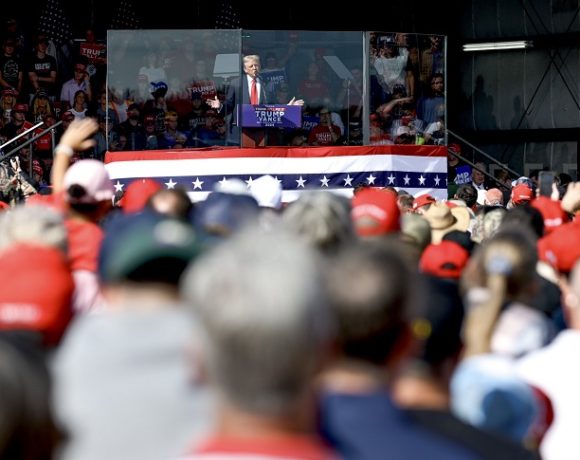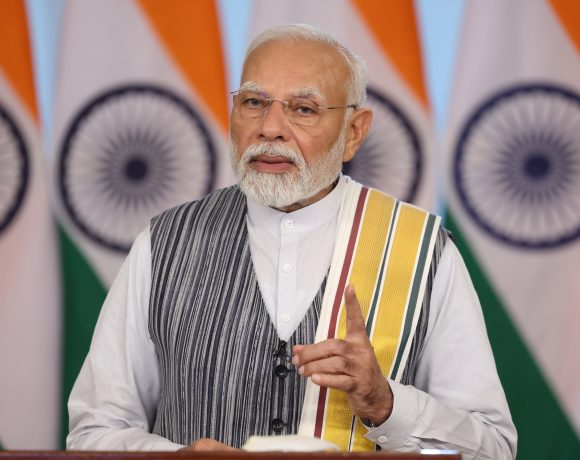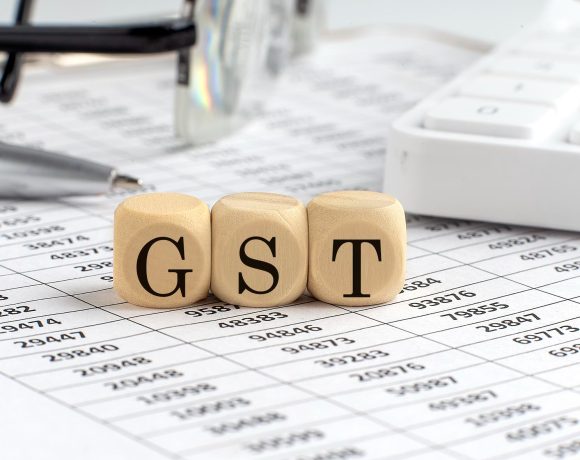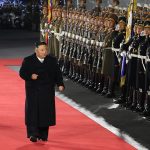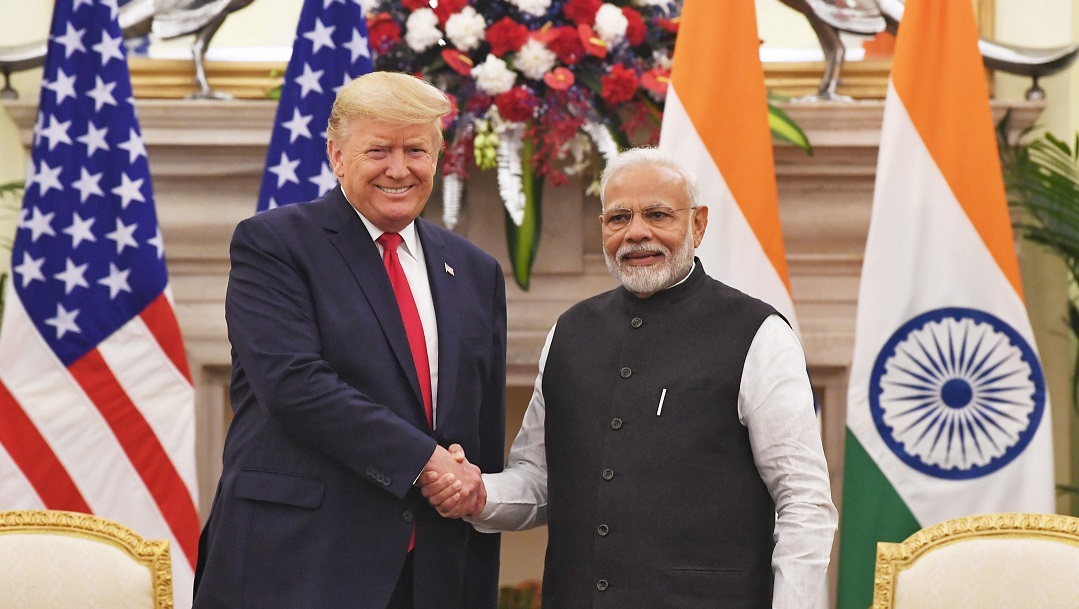
India Proposes Retaliatory Tariffs on U.S. Steel, Aluminium Duties
India has formally proposed retaliatory tariffs on select U.S. products in response to Washington’s continued imposition of additional duties on steel and aluminium imports. The proposal was notified to the World Trade Organization (WTO) and marks a significant escalation in India’s trade posture against what it terms unjustified protectionist measures.
The U.S. had earlier imposed a 25% tariff on steel and a 10% tariff on aluminium imports, citing national security concerns. India, however, argues that these measures effectively act as safeguard duties and should conform to WTO rules and procedures.
India Seeks Compensation for Export Losses
India estimates that these tariffs have negatively affected around $7.6 billion worth of Indian exports, resulting in an economic hit of nearly $1.91 billion due to additional duties collected by the U.S. administration. To offset this, India is seeking to suspend trade concessions on a list of American products and aims to recover an equivalent value through countermeasures.
This proposal represents India’s effort to use the WTO’s dispute resolution mechanisms to restore trade fairness, especially as informal negotiations with the U.S. on this issue have yielded little progress.
Timeline and Possible Repercussions
If bilateral consultations between India and the United States fail to yield a satisfactory resolution, the proposed retaliatory duties could come into effect as early as June 8, 2025. The development adds a new layer of tension to the already complex India-U.S. trade relationship, which has been marked by delays in finalizing a comprehensive bilateral trade agreement.
The retaliatory list is expected to include a broad range of U.S. exports, with tariffs calibrated to match the economic damage inflicted on Indian businesses. The objective is not just compensation, but to prompt the U.S. to roll back its protectionist stance or negotiate a mutually agreeable solution.
Strategic and Global Trade Implications
India’s decision signals a more assertive stance within global trade governance frameworks. By pushing back through formal WTO channels, New Delhi is demonstrating its intent to uphold rules-based trade and deter unilateral trade barriers disguised under national security exemptions.
Trade analysts believe that the outcome of this standoff could set a precedent for how similar disputes are handled globally. Should India succeed in securing relief or a favorable settlement, it may embolden other nations affected by U.S. tariffs to pursue their own claims under WTO provisions.
At a time when global economic recovery remains fragile, trade frictions between major economies like India and the United States could have ripple effects, potentially impacting supply chains, investor sentiment, and future trade negotiations. India’s calibrated response reflects both a legal strategy and a diplomatic signal — it will defend its economic interests vigorously but within the framework of international norms.


